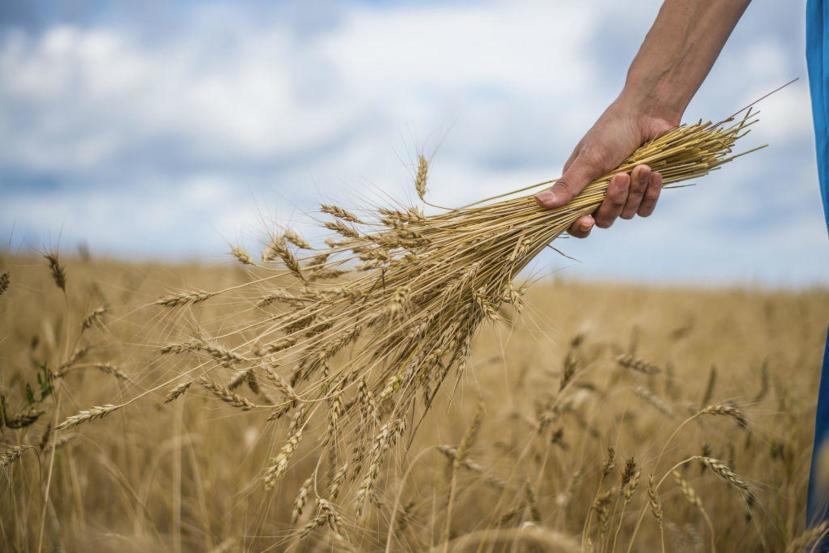The History of Celiac Disease: Celiac 101

Once upon a time, man had a simple relationship with food. His job was to hunt and gather. His diet primarily consisted of nuts, fruit, berries and when available, meat and fish. With the agricultural revolution, hunting and gathering was replaced by domestication of crops and animals.
Celiac disease was first diagnosed by Aretaeus of Cappadocia, who lived in the first century AD. He wrote about the Coeliac Affections as "when the stomach is irretentive and the food passes through undigested and crude, and nothing ascends into the body, such persons are called coeliacs."
In the early 19th century, Dr. Matthew Baillie published a paper on a chronic diarrhea disorder in adults that caused malnutrition. Dr. Baillie’s solution was to eat rice. He discovered that people in rice-eating countries did not seem to have the digestive problems that those in other countries suffered.
An English pediatrician, Samuel Gee, published a description of celiac disease about 75 years later and quickly determined changes to diet was the only treatment. Dr. Gee’s discoveries were substantiated when he described a child who ate a quart of the best Dutch mussels daily and thrived, but when mussel season was over the child fell very ill. Dr. Gee wrote that grain free diet cured the child and the child elapsed after grains were reintroduced. This was the first significant connection between the gluten in grains and digestive health of children.
Centuries passed, and there was no further treatments for celiac disease. Autopsies showed a high mortality rate due to damage of the intestinal mucosa.
In the 1920s, those with chronic intestinal problems were put on a banana diet. In 1924, Sidney Haas defined the positive actions of eight children diagnosed with celiac disease as “cured” after eating a diet of mainly bananas and no grains. He based his treatments on curing a case of anorexia with a banana diet and decided to experiment with the same diet in treating these eight children who were undernourished. It wasn't the bananas that were helping so much as the elimination of grains containing gluten.
WWII and Celiac disease
In the 1950s, Dr. W. K. Dicke published a paper reporting that children with celiac disease vastly improved during WWII when wheat, rye and oat flour were scarce. Once the war ended, and these grains were reintroduced into the diet, the negative effect on celiac diagnosed children was observed. These observations were soon confirmed by other researchers who proved that “gluten” was the culprit in the disease.
Celiac Disease Today
Fast forward to 2002, when a gluten-free diet model became the treatment default for celiac. Researchers identified a chain of amino acids as the primary originator of inflammatory immune responses to gluten. Additionally, tissue transglutaminase was identified by the late Dr. Elizabeth Ferguson of Glasgow Scotland and a more precise serum antibody test was developed to screen for celiac disease and track responses to gluten exposure.
Today there is still no cure for celiac disease. The only treatment is a strict gluten-free diet. Eating foods without gluten will allow the small intestine to heal and inflammation and digestive issues like diarrhea will stop.
Foods made with wheat and wheat flour must clearly be avoided: barley, rye, durum, farina, graham flour, and malt semolina.
The U.S. Food and Drug Administration now requires that any food with the terms gluten-free, “no gluten,” “free of gluten,” and “without gluten” must meet all the definition requirements. These requirements state that foods labeled “gluten-free” must mean foods that are less than 20 parts per million of gluten.















